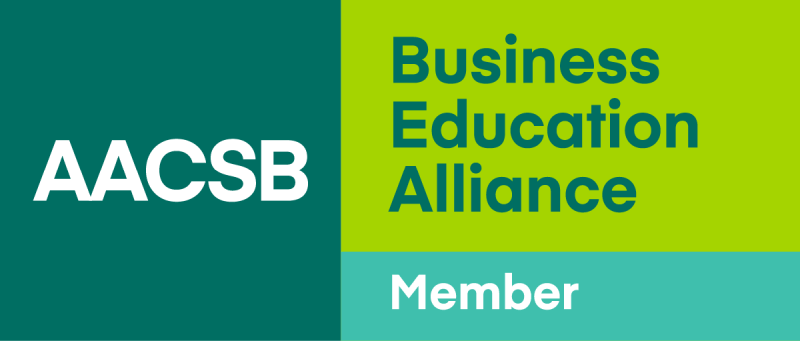ASEAN - Strategic Growth in Science, Technology, and Innovation
From agricultural advancements to cutting-edge innovation hubs, ASEAN’s journey in science, technology, and innovation reflects a grand vision. As Singapore soars, others struggle to catch up. Can collective strategies unlock the region’s full potential?
At a glance
Formation
August 8, 1967, in Bangkok
Member Countries
Brunei, Cambodia, Indonesia, Laos, Malaysia, Myanmar, The Philippines, Singapore, Thailand, Vietnam
Vision 2020's STI
Science, Technology, and Innovation
Abstract
The Association of Southeast Asian Nations (ASEAN) aims to leverage science, technology, and innovation (STI) to drive economic growth and reduce disparities among its diverse member states.
Success stories like Singapore's innovation hub, Thailand's automotive industry, Vietnam's digital economy, and Malaysia's biotechnology advancements showcase the region's potential. However, continued efforts are needed to strengthen regional integration, foster innovation ecosystems, and address emerging challenges such as climate change and digital transformation.
This case study provides insights for policymakers and businesses seeking to capitalize on ASEAN's growing influence in the global economy.
All rights reserved. © 2025 Nikkei Business Lab Asia. No part of this publication may be copied, stored, or transmitted in any form. Copying or posting is an infringement of copyright.
Disclaimers:
(1) Regarding Case Study Content: This case study is based mainly on secondary data and analysis of publicly available information unless otherwise stated, and is intended solely for educational purposes. Any opinions expressed by the author(s) are designed to facilitate learning discussion and do not serve to illustrate the effectiveness of the company. Additionally, banner images and logos used in the case study are intended for visualization in an educational setting and it is not used to represent or brand the company. For any dispute regarding the content and usage of images and logos, please contact the team.
(2) Regarding University Affiliation and Titles of Authors: The university affiliation and titles of author(s) seen in the case study is based on their affiliation and title during the time of publication. It may or may not represent the current status of said author(s).
